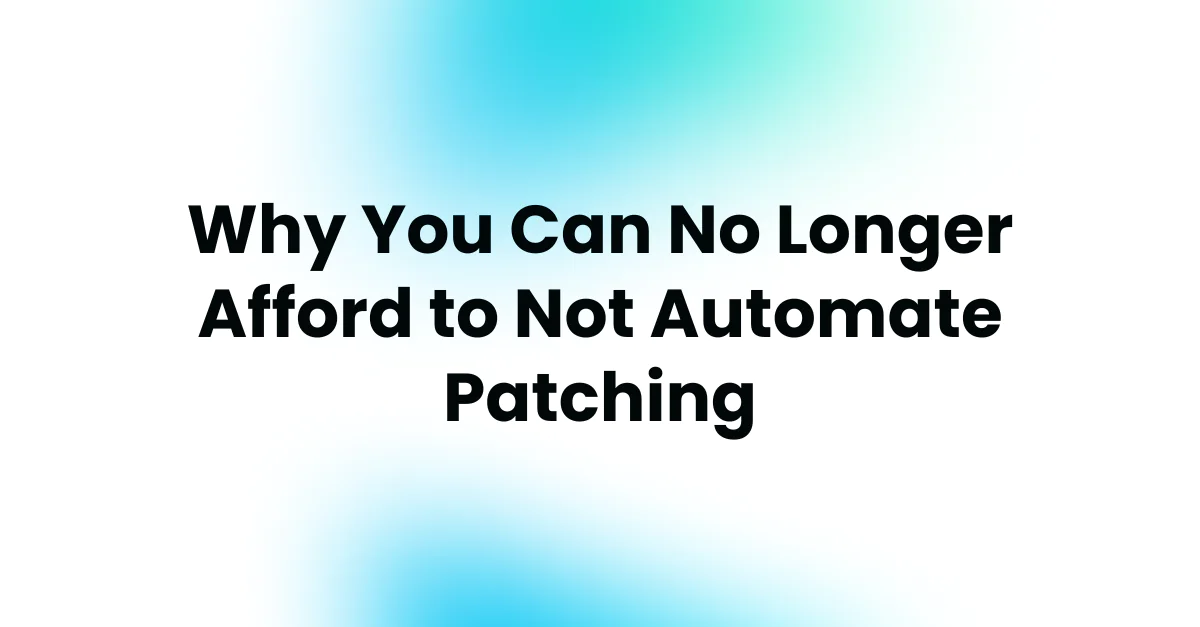
While no system can ever be perfect, this doesn’t mean we shouldn’t strive for better. Accepting preventable exposures means potentially becoming a victim. In today’s world, security requires rapid responses and automation; patch management has evolved from a routine maintenance task to a critical, strategic operation.
Statistics reveal the urgency: every day, new vulnerabilities are discovered—over 26,000 in 2023 alone, with an average time to remediate (MTTR) of approximately 58 days. Moreover, 1 in 4 vulnerabilities remain unpatched after 18 months. Threat actors are exploiting these delays, often automating their attacks to outpace system administrators. If your adversaries are automating their strategies, shouldn’t you?
“In past perimeter-based security architectures, most software was operated on internal networks protected by several layers of network security controls. While patching was generally considered important for reducing the likelihood of compromise and was a common compliance requirement, patching was not always considered a priority,” according to NIST SP 800-40r4. “In today’s environments, patching has become more important, often rising to the level of mission criticality.”
Action1’s advanced detection and automation features empower you to detect, patch, mitigate, and apply controls in real-time for both OS and third-party applications. Discover how our infinitely scalable and highly secure platform ensures continuous patch compliance and reduces security risks. The first time you might learn of a potential vulnerability affecting your systems could be from an Action1 report, promptly informing you that it has already been addressed. This proactive approach allows you more time for in-depth analysis and strategic security planning.
Don’t just take my word for it, explore testimonials about how Action1 has become an essential part of our customers’ OS and third-party patching strategies, enhancing overall security, infrastructure management and lowering costs.
Experience Action1 patch management for yourself—the first 200 endpoints are free, forever, and without any feature limitations. Set up your account in less than 5 minutes and see how Action1 can enhance your patching workflows and compliance standards, integrating seamlessly with your IT ecosystem.




